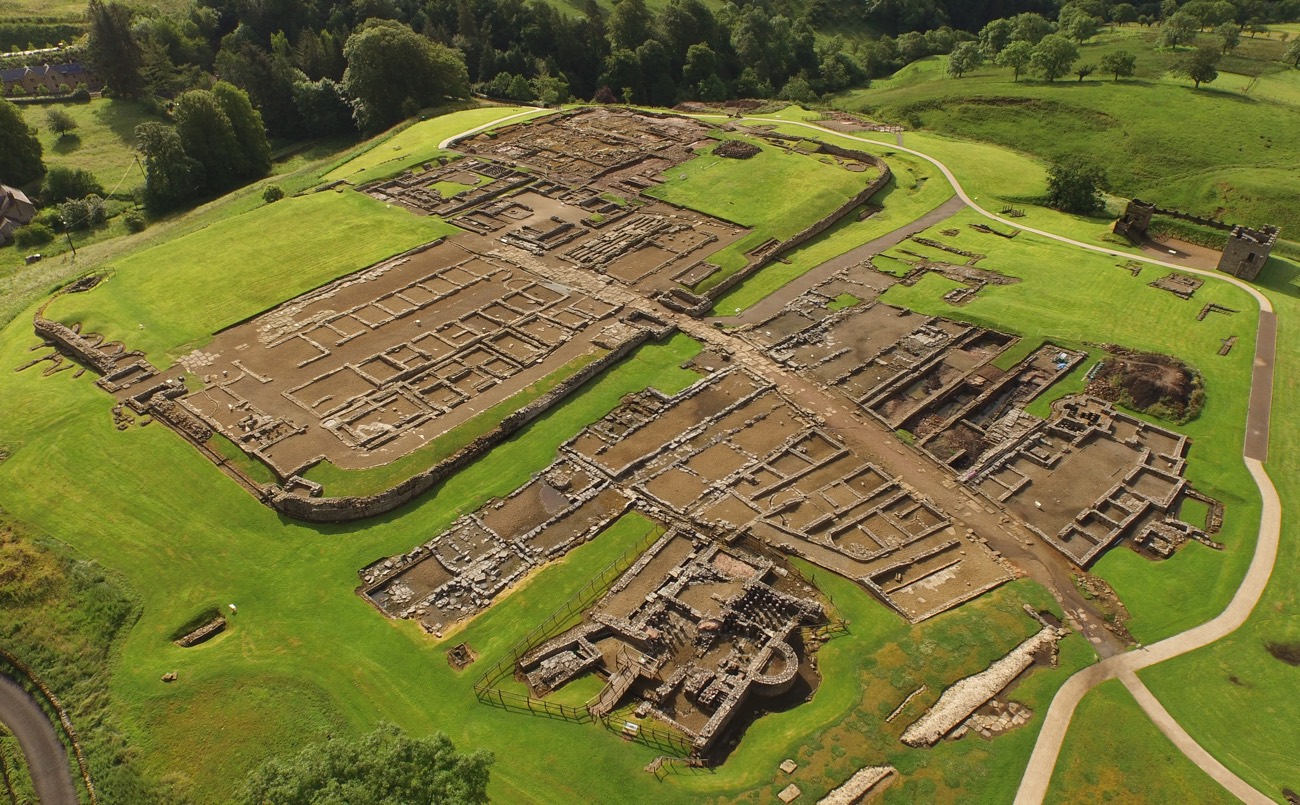
A cache of secret letters has been unearthed near the site of an ancient Roman fort in the United Kingdom.
The cache of faded wafer-thin slices of wood, which were written on with ink, were discovered buried in the ground near the Fort of Vindolanda on June 22. The fragile wooden letters, which had been discarded in the first century A.D., were discarded in a small excavation pit.
The trove of Roman letters was in surprisingly pristine condition, thanks to the oxygen-free, or anaerobic, conditions in which they were buried. As a result, bacteria that normally degrade such items over time have not had a chance to attack the artifacts.
"Some of these new tablets are so well preserved that they can be read without the usual infrared photography and before going through the long conservation process. There is nothing more exciting than reading these personal messages from the distant past," Robin Birley, an archaeologist who oversaw excavations in the 1970s, 1980s and 1990s, said in a statement. Birley's son, Andrew, is now the director of excavations at the site. [Roman Fort: See Images of the Long-Lost Discoveries]
Roman fort
The site of Vindolanda was once a Roman fort that stood just south of Hadrian's Wall in what is now Northumberland, England. At the time, the wall (built by the Emperor Hadrian starting in A.D. 122), served as the northern frontier of the Roman Empire. In the 1970s, archaeologists began unearthing postcard-size strips of wood covered with ink-written messages. The stories they tell, which describe over 400 named characters, paint a picture of a community of Tungrians (Belgians), Batavians (Dutch), Vardulli (Spanish) and other nationalities from all social strata, from commanders to slaves, Andrew Birley said.
Together, the cache of documents provides an unprecedented look at life in a Roman garrison. Along with beer requests, birthday invitations and letters that included derogatory names for the locals, the tablet collection includes the oldest example of women's handwriting from Europe, in the correspondence between two high-ranking military commanders' wives. These women seem to have led lonely, solitary lives, the letters reveal.
The newest finds came from an archaeological layer immediately above the ancient pre-Roman farmers field, at the bottom of a steep-sided and narrow trench which was prone to flooding, said Andrew Birley. The letters were scattered in a line between 10 and 13 feet (3 and 4 m) long and trapped in a layer of dirt and organic waste that had been dumped by the Roman army to build up the foundations for a new building inside a fort. The letters were likely discarded after being read, along with other rubbish, Birley told Live Science in an email.
Get the world’s most fascinating discoveries delivered straight to your inbox.
In the newest cache of tablets, a man called Masculus, asks for a leave, or "commeatus" in Latin.
In a past correspondence "he is recorded writing to the Commander, Falvius Cerialis asking that he send beer for the men as he could not 'answer for them' if they did not receive it. At the time, he was stationed away from Vindolanda and needed the supplies from the base," Andrew Birley said.
The next step is to put the wooden tablets through infrared photography and a rigorous preservation process so that more of the text can be deciphered.
Original article on Live Science.

Tia is the editor-in-chief (premium) and was formerly managing editor and senior writer for Live Science. Her work has appeared in Scientific American, Wired.com, Science News and other outlets. She holds a master's degree in bioengineering from the University of Washington, a graduate certificate in science writing from UC Santa Cruz and a bachelor's degree in mechanical engineering from the University of Texas at Austin. Tia was part of a team at the Milwaukee Journal Sentinel that published the Empty Cradles series on preterm births, which won multiple awards, including the 2012 Casey Medal for Meritorious Journalism.



